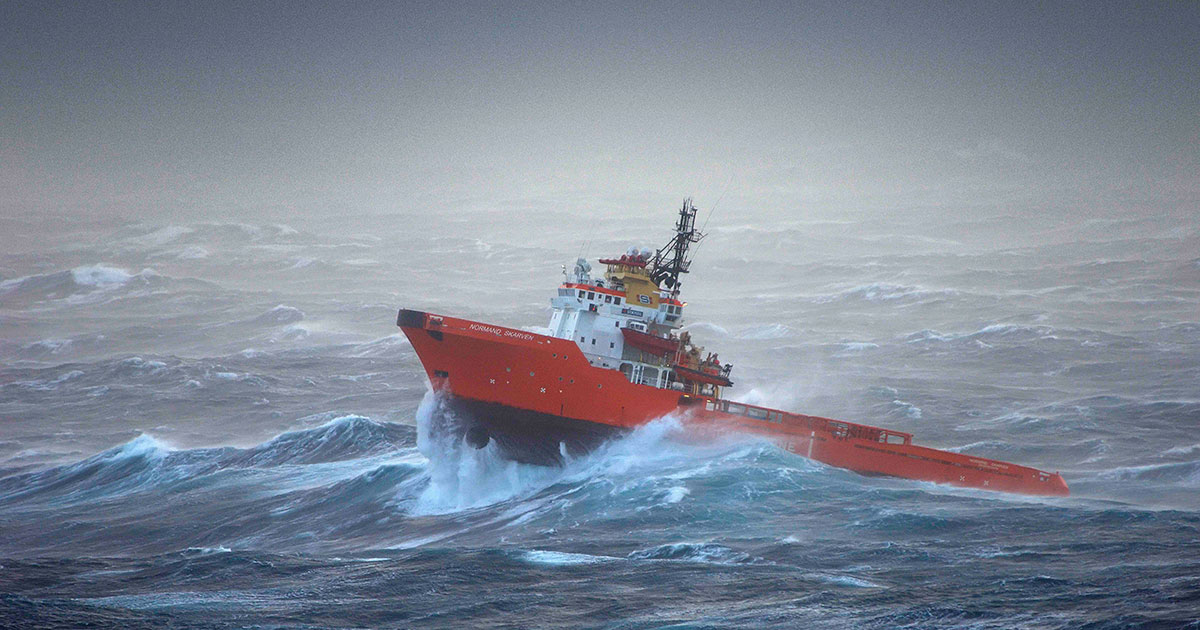Local wave and weather conditions are critical factors when undertaking offshore operations, and time is money when operators are waiting on weather. Real-time wave measurements can dispel some of the guesswork historically associated with the planning and execution of marine operations such as pipe laying, subsea installations, heavy lifting operations, work-overs, or inspections.
![]() Precise knowledge of the sea state during such operations is an essential requirement that only becomes more critical as offshore activities move into ever-greater water depths and hostile frontier areas. Without systematic, local environmental monitoring, marine operations sensitive to wind, wave height, wave period and vessel motion can be subject to delays, cost overruns, safety issues, and asset damage.
Precise knowledge of the sea state during such operations is an essential requirement that only becomes more critical as offshore activities move into ever-greater water depths and hostile frontier areas. Without systematic, local environmental monitoring, marine operations sensitive to wind, wave height, wave period and vessel motion can be subject to delays, cost overruns, safety issues, and asset damage.
The solution is a reliable and accurate on-board system for continuous, real-time wave and motion monitoring and recording. The dry-mounted, radar-based Miros WaveFinder comprises a vertical radar and a high-performance motion sensor (MRU). The system measures air gap, i.e. the distance from the bow down to the water surface, wave height, wave period and vessel motion, all in real time.
Alpha Factor: Expanding Weather Windows
The "alpha factor for waves", is defined as the ratio between the operational limit and the design wave height. The objective of the standard is to ensure that marine operations are performed within defined and recognized safety levels. A vessel-mounted wave monitoring system can be used as a means to increase the "alpha factor". A recently published paper[1] from ocean surface monitoring specialist Miros confirms the significant value of real-time wave monitoring for offshore operators. The research paper demonstrates that safety margins may be reduced, and weather window increased, by as much as 15%.
Type tested and approved by DNV GL, the WaveFinder is capable of providing wave data of acceptable quality in sea states up to at least 6m significant wave height, replacing guesswork and assumptions with hard data and facts. The technology also eliminates the need for on-board meteorologists or costly wave buoys, enabling savings of up to 80%[2].
WaveFinder is Cloud-integrated, allowing seamless sharing of data between the vessel and all other stakeholders off- and onshore. This allows for better decision-making based on common operational data. It also provides easily accessible historical data for better planning, tendering and even incident analysis.
[1] Published at the 2019 Offshore Technology Conference (OTC) Brazil
[2] Based on annual buoy rental cost of USD 170,000 and a 4-hour average deployment and retrieval time.


